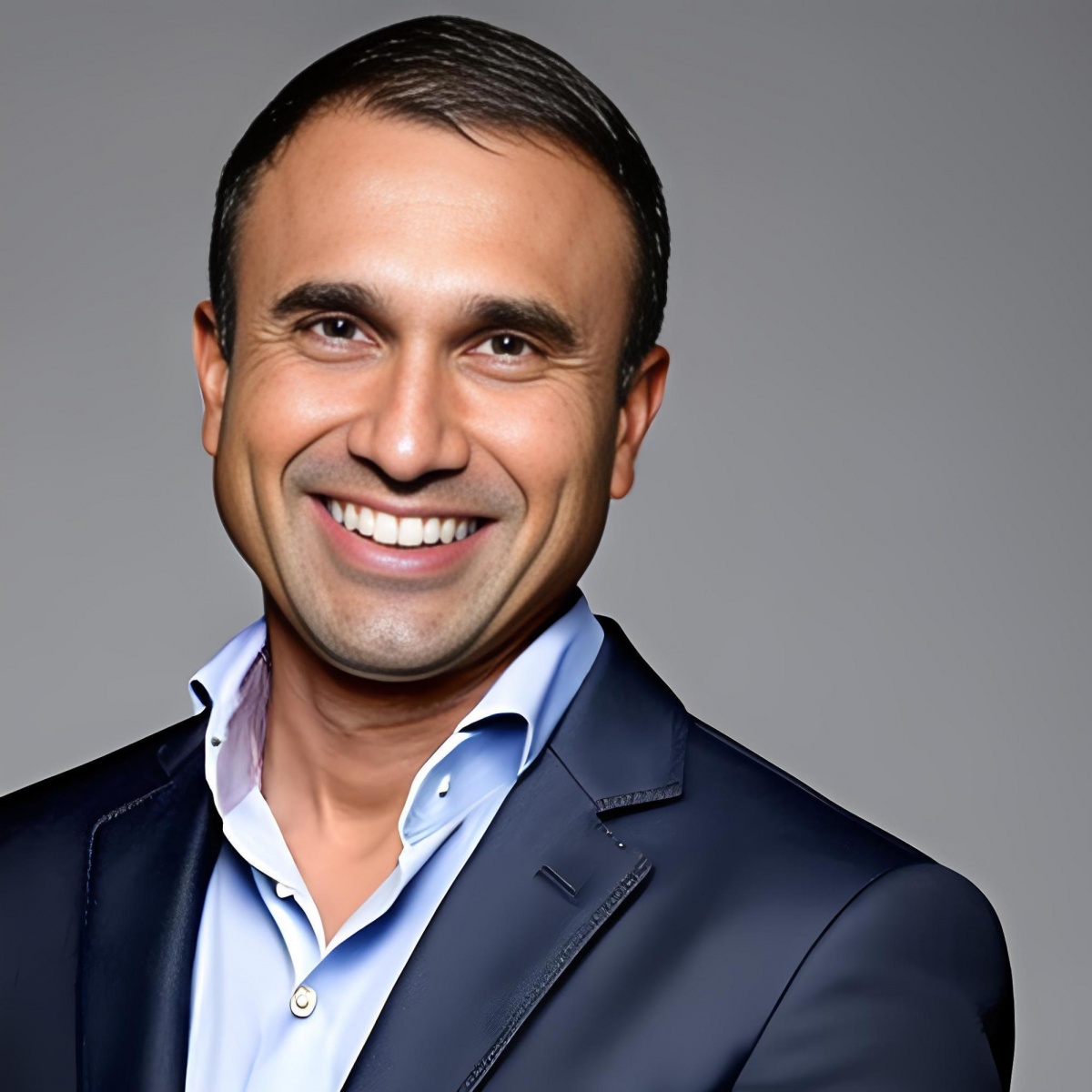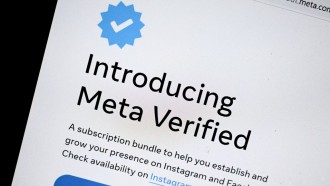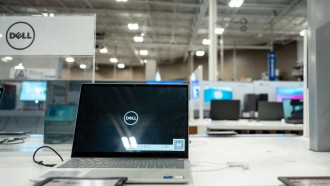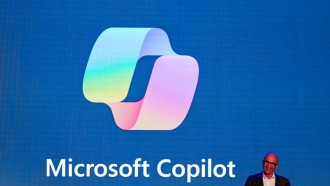
Serial entrepreneur Munjal Shah is launching a startup to use large language models for non-diagnostic healthcare applications.
Anyone who has experimented with chatbots like ChatGPT can see that artificial intelligence is getting better at engaging in conversations. Recent advancements in large language models have led to a swath of new use cases for the technology, which is capable of generating original content, mimicking the tone of human language, and incorporating a wide range of knowledge based on massive training sets.
For Munjal Shah, a serial entrepreneur with a background in AI and machine learning, one particular use case for this new wave of generative AI stood out: health care. The key, as he explained in an interview at the HLTH 2023 conference, is to find low-risk applications that don't overstep what LLMs do so well.
These systems are excellent communicators, and they can be trained to quickly build bodies of knowledge that would take a human year to accumulate. However, they're not infallible, and they occasionally present false information as true. These mistakes, often referred to as hallucinations, may be few and far between, but when the stakes are as high as medical diagnosis, humans can't afford to trust that an LLM has not hallucinated unquestioningly, said Shah.
"I think a lot of people saw ChatGPT and they said ChatGPT can be a doctor. I'm like, you're crazy, you're actually going to kill somebody. This is not safe. But there are a lot more [use cases] in health care than I think people realize."
This view led Munjal Shah to found Hippocratic AI, a company using an LLM to provide nondiagnostic health care services such as chronic care nursing, dietitian services, and patient navigation. The goal is to use generative AI to help address a growing crisis in healthcare staffing. The global healthcare worker shortage has reached 15 million, and Shah thinks that Hippocratic AI can help meet the demand for non-diagnostic services that have a substantial impact on patient health and recovery.
"What we came to realize was health care in the developed world has a massive staffing shortage, and a lot of it is in nursing and other areas," said Shah.
"What if we could just create a language model that spoke to patients over the phone and helped them with things like chronic care management? They don't do diagnosis. They ask things like: 'Did you take your metformin today? Did you make your appointment for your follow-up visit? Do you need a ride to your visit? Do you have enough food today or should I call the food shelter and see if they can bring you some food?' These are very important things that we really don't have staff for."
'A True Breakthrough'
At HLTH 2023, Munjal Shah called generative AI "a true breakthrough," explaining that, despite the voluminous hype LLMs like GPT-4 have received, the technology actually may be "underhyped."
"We've never had technology quite like this in the AI space," he said. "I've been doing AI for a very long time. The first neural network I built in 1992 was literally a 16-node network. I've done this for a long time, but the tech is finally there."
He went on to distinguish generative AI, like LLMs, from classifier AI. Classifier AI focuses on categorization and sorting, analyzing input data, and assigning it to predefined categories or classes. This is achieved through training on labeled datasets, where each data point is tagged with a correct answer or category. The AI learns to recognize patterns and characteristics associated with each category, making it highly effective for more diagnostic tasks. The output of classifier AI is typically a label or category, making it a tool for identification and sorting based on learned patterns.
On the other hand, as the name implies, generative AI is about creation and innovation. Instead of categorizing existing data, it generates entirely new content. It's trained not just to recognize patterns but to understand and replicate the underlying structure of the data it's fed. This advanced understanding allows it to produce original outputs that can mimic the input data but are unique in their own right. Because the output of generative AI is an entirely new piece of content, it's ideally suited for the more conversational, nondiagnostic applications that Hippocratic AI is targeting.
Shah emphasized the importance of training a healthcare LLM to communicate in the style of a human being. He explained that patients have to want to engage with the LLM, so it helps to have the ability to communicate in a knowledgeable and empathetic style. Capturing this style requires training the model based on how human healthcare workers communicate and then getting feedback from medical professionals.
"You actually need to design the language model to speak," said Shah. "Chat GPT should have been called blog GPT. It talks like it's writing a blog because that's actually what it read. Reinforcement learning with human feedback is what made Chat GPT so good, and we are doing it with medical professionals."
Hippocratic AI and 'Super Staffing'
Munjal Shah's big-picture vision for Hippocratic AI is to provide what he calls "super staffing."
In an ideal world, there would be enough healthcare workers to cover each of the hundreds of millions of people with chronic care needs, but the reality is that healthcare workers are already pressed for time, and they simply can't spend hours with each patient. But AI essentially has infinite time, with no need to recover from burnout. LLMs' ability to commit as much time as needed, coupled with the cost-effectiveness of deploying these systems, has the potential to help providers reduce costs and reach more patients despite the declining availability of healthcare workers.
"Do [patients] all have chronic care nurses following up with them, helping to guide them? No, but they could," said Shah. "That's our vision. Use this technology to create fully autonomous agents that will provide health services to the country and, eventually, to the world."
* This is a contributed article and this content does not necessarily represent the views of techtimes.com





